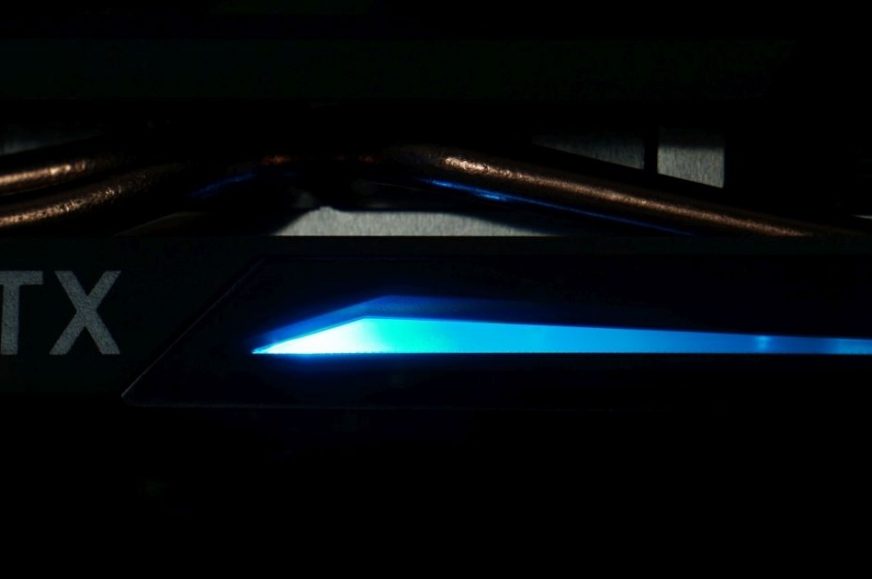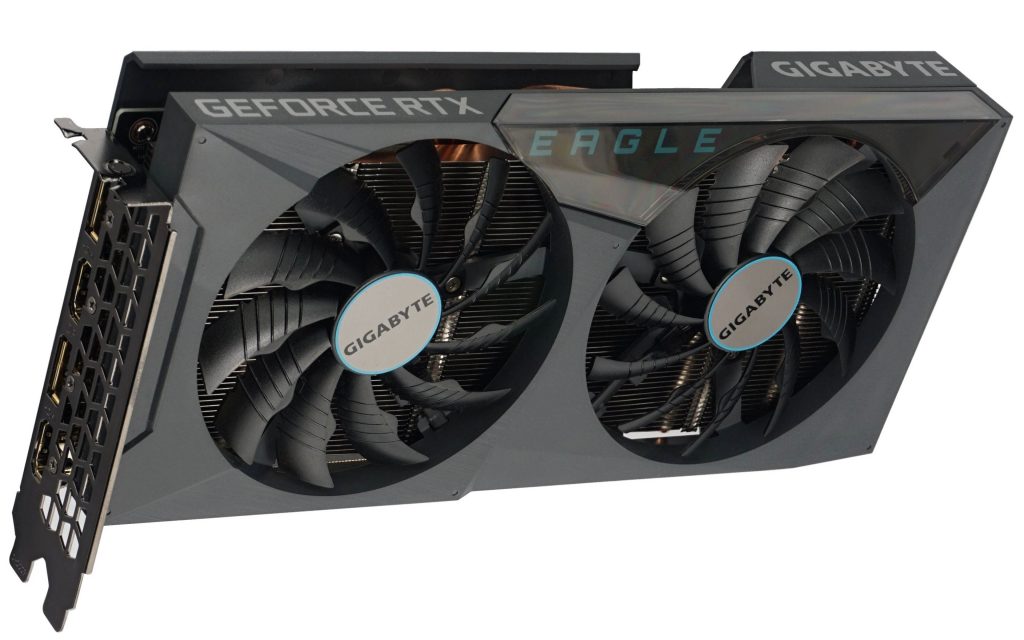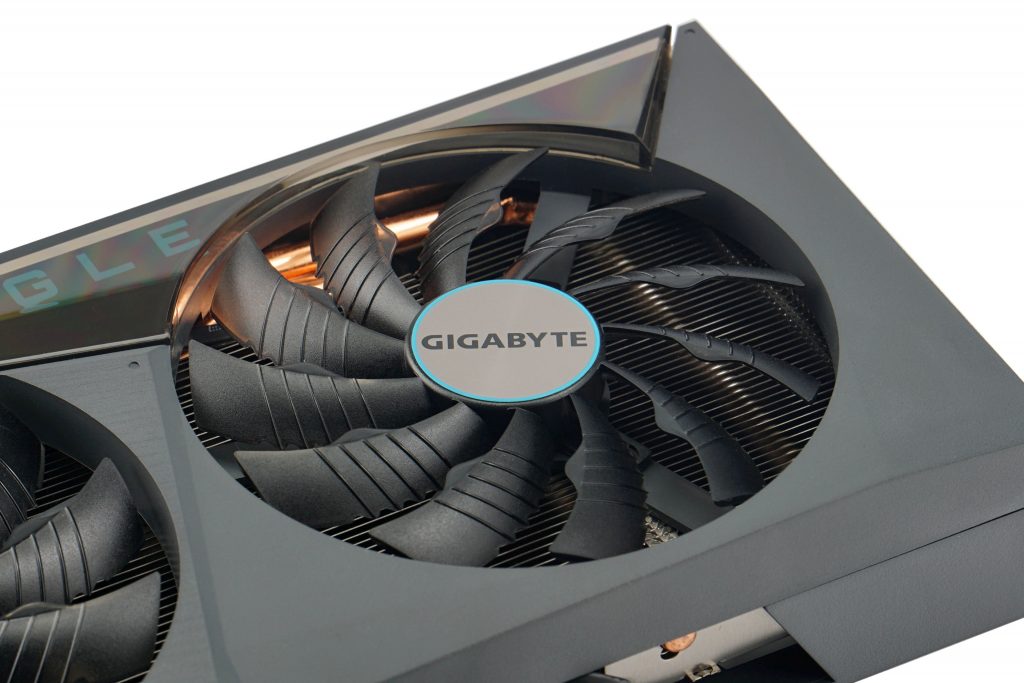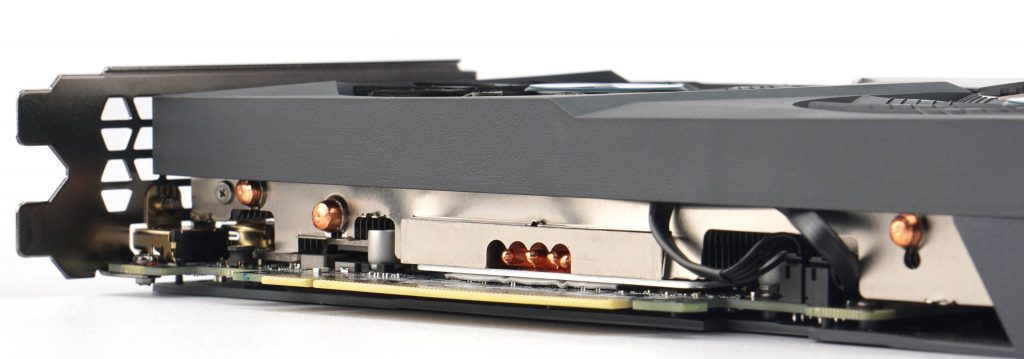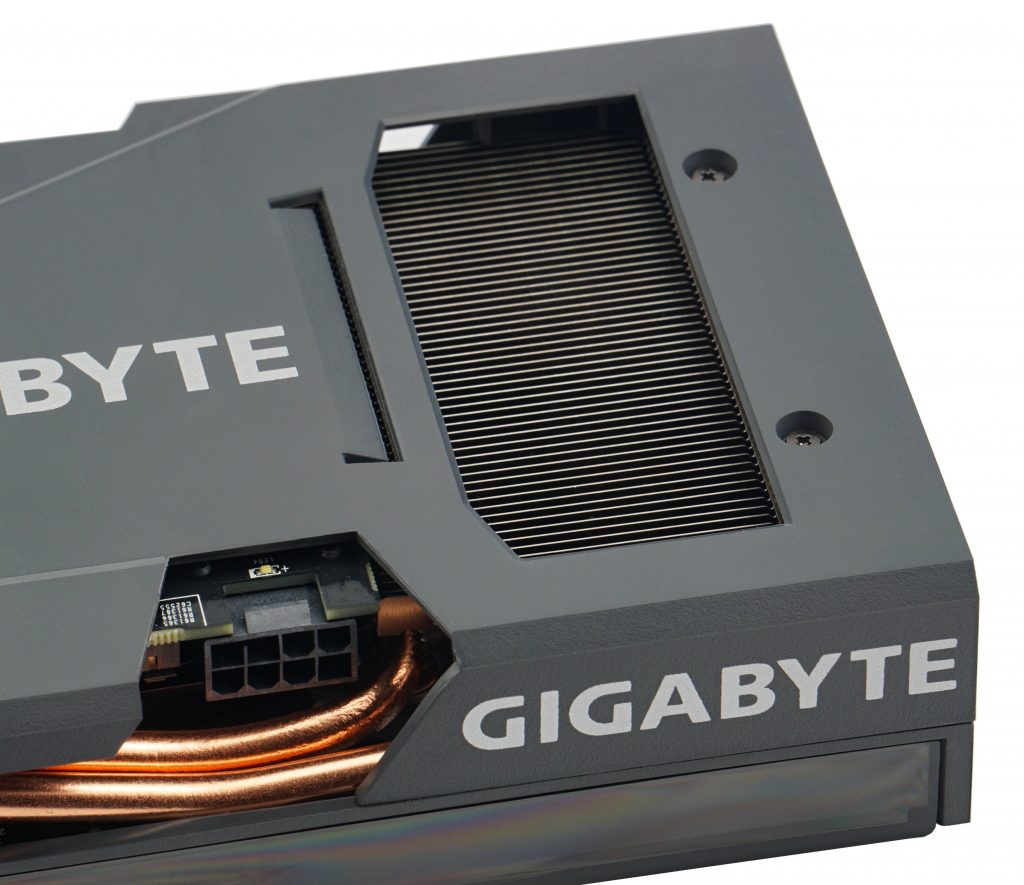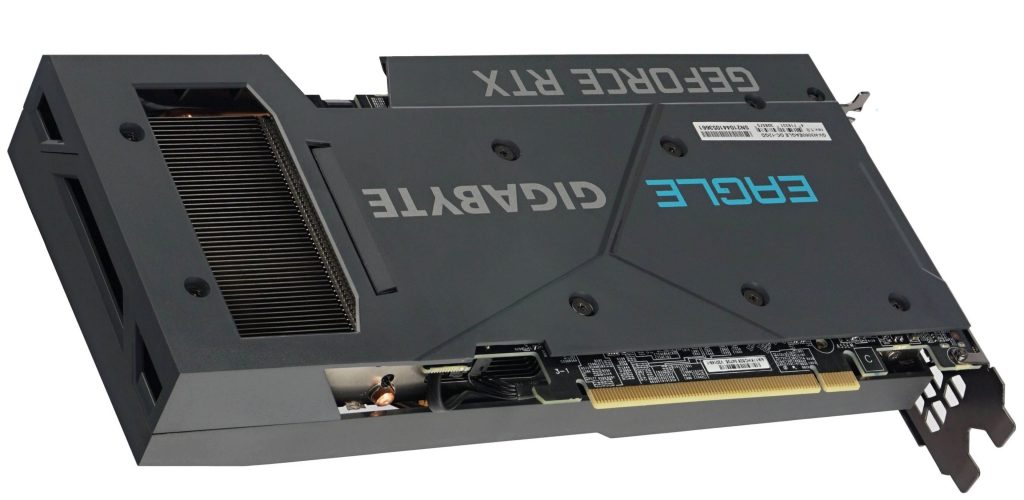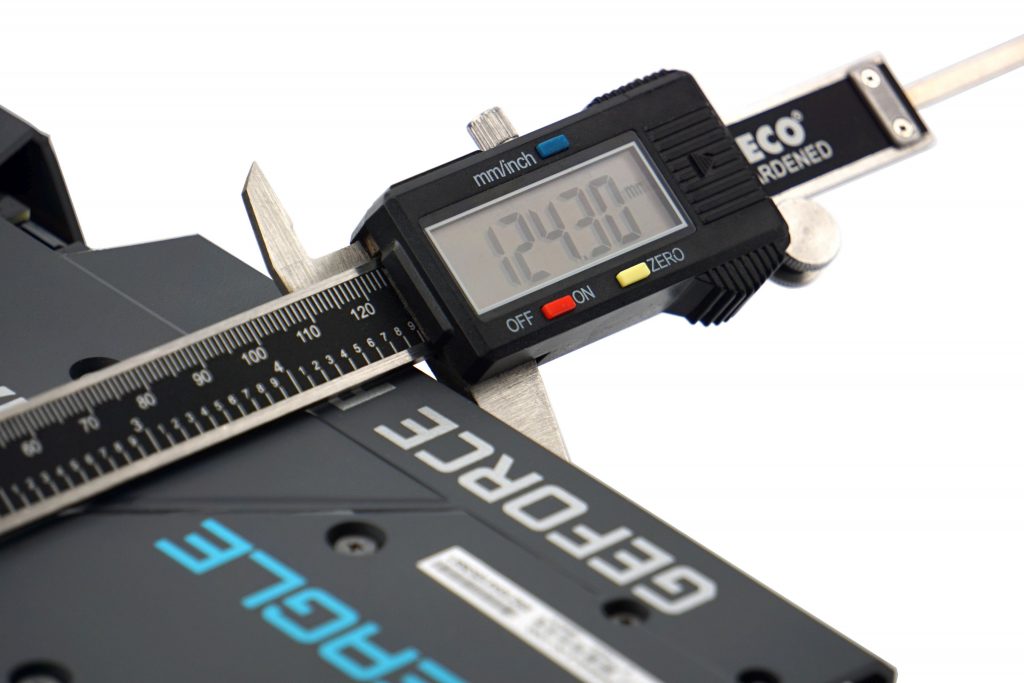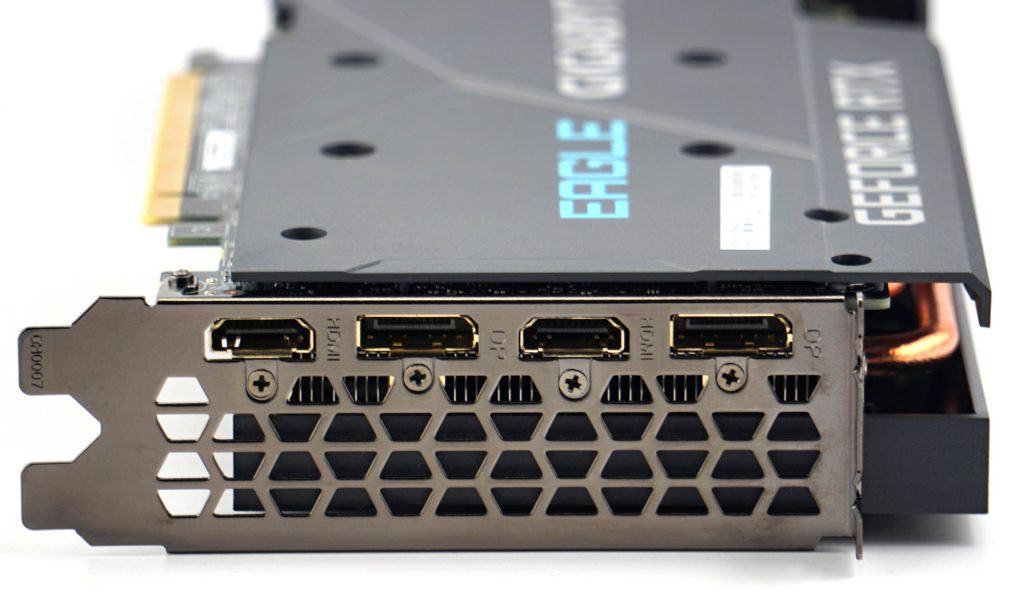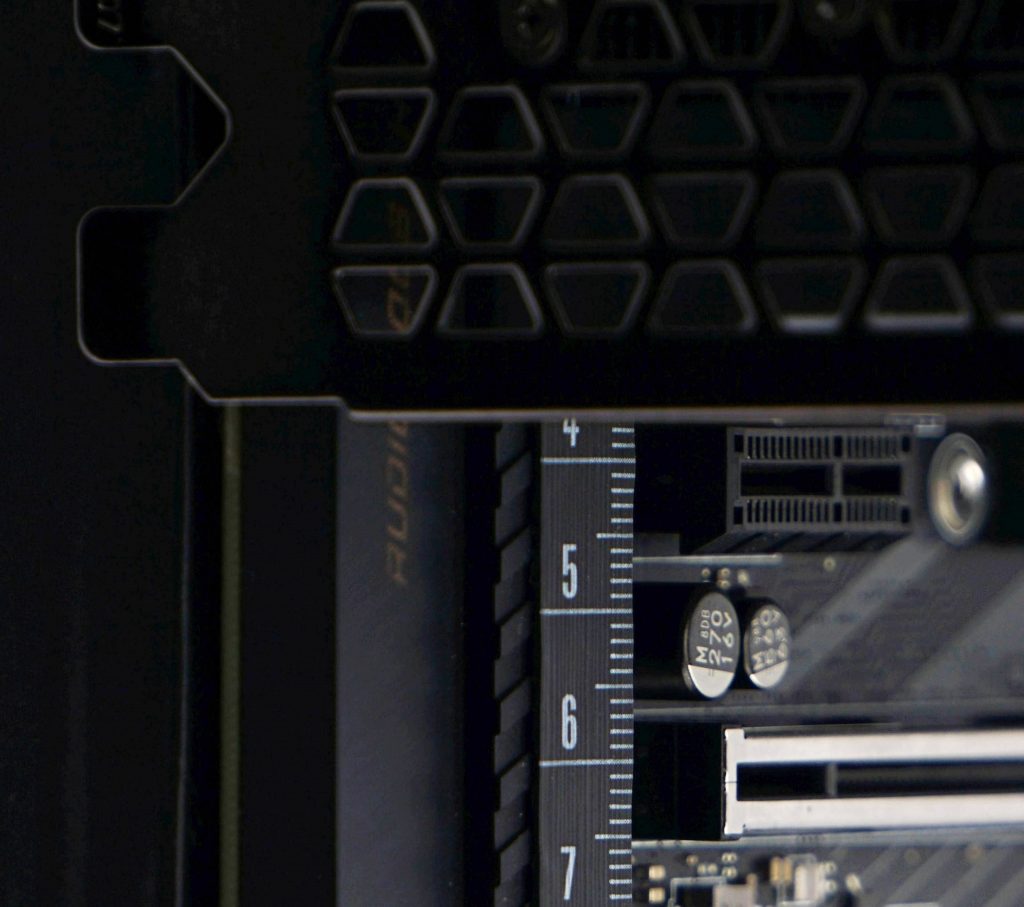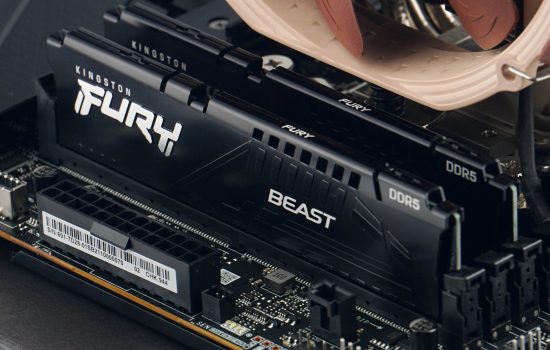Gigabyte RTX 3060 Eagle OC 12G – details
At the end of last month, the 60-series GeForce RTX finally came out, which has had high popularity every generation. The RTX 3060 is the cheapest Ampere graphics card so far, and the Gigabyte Eagle (OC) version is also relatively power-efficient. Both in terms of smaller dimensions and relatively lower power draw. However, a detailed analysis is required for the bigger picture, to which we’re inviting you.
The GeForce RTX 3060 has a one-third core in terms of functional SM (28) compared to RTX 3090 and the surface area of the GA106 is less than one-half. TDP 170 W doesn’t seem so horrific either. Given the current situation and the trend of increasing power draw from generation to generation, we can almost talk about a power-efficient graphics card. At the same time, this is the first graphics card with the support of Resizable BAR, which we, however, won’t talk about now. Firstly, because we are already preparing tests of the RX 6700 XT, and before its release, we still have to finish testing and then release the RTX 3060 Ti so that there is something to compare the new Radeon with.
But we will definitely return to Resizable BAR when the RX 6700 comes out. Now the RTX 3060 doesn’t even have direct competition, and it seems that the graphics card will be significantly slower than the RX 6700 XT. That’s why the SAM tests will only make sense in comparison with the RX 6700, testing at the same time, right after each other. This is because Nvidia, like AMD, will be working on SAM optimizations in the coming days, and we can expect the performance to change significantly over time, especially from the beginning. But back to today’s tests of the RTX 3060 Eagle OC, produced by Gigabyte. Like all RTX 3060s released so far, this one also has up to 12 GB of GDDR6 memory. However, it can be expected that cheaper versions with 6 GB will appear later, for which the 192-bit memory bus is also well prepared.
Gigabyte RTX 3060 Eagle OC 12G – details
The Eagle series is the lowest and cheapest of the RTX 3060, so you need to keep this in mind. Although it should be noted that two versions are available. Our review unit with factory overclocking is faster and more expensive.
The RTX 3060 Eagle OC is one of the medium-length graphics cards. Its 242 mm length in the vast majority of PC cases will not cause any difficulties with (in)compatibility. Naturally, only two fans fit on the cooler, but with an above-standard rotor diameter of 100 mm. The rotation is reversed here and the blades are also fit relatively densely and with small protrusions. Both of these elements should contribute to achieving higher static pressure and thus the overall efficiency of the cooler.
Fans are one thing, they look good, but the heatsink is also important. Four 6 mm heatpipes dissipate heat from the GPU to the aluminum fins. These seem to be in contact with the graphics core via the heat spreader, which is also shared to memory chips. Heat from MOSFETs and VRM coils is also dissipated into the heatsink. This central aluminum heatsink creates a good functional impression.
To improve the airflow of the fins, Gigabyte makes good use of the difference between a longer radiator and a shorter PCB. The back of the graphics card is thus open and therefore allows higher airflow.
The card cover gives a cheaper impression. It is all plastic, both front and the backplate. However, the build quality is decent – precise, everything fits nicely and is also robust enough. However, the backplate only has a protective function and does not dissipate heat from the graphics card, as is the case with metal variants. Thanks to these lighter materials, the RTX 3060 Eagle OC also has a nice weight of 677 g (1.5 lb).
This card is a little wider than the reference design. But only an inch, while the PCB itself has a standard width. This is partially exceeded by the heatpipe and the cooler cover. It should be added, however, that this overlap is not greater than the height of the external power connector, so no collision should occur here either. That is, if you do not own a completely atypical case where no full-sized graphics card would fit.
In terms of video outputs, the RTX 3060 Eagle OC has HDMI (2.1) and DP (1.4a) in an balanced number of 2:2, which is a slightly different configuration than most competing cards. But it can be useful if you use multiple input devices and one of them is a TV.
At the end of the first chapter, let’s mention information about the height of the card. As you already know from the title, it takes two slots and nothing would change, even if the cooler was 3 mm higher. And that certainly wouldn’t hurt it, as you’ll learn in the next chapters of the test.
- Contents
- Gigabyte RTX 3060 Eagle OC 12G – details
- Specs table
- Methodology: performance tests
- Methodology: how we measure power draw
- Methodology: noise and sound measurement
- Methodology: temperature tests
- Test rig
- 3DMark
- Age of Empires II: DE
- Assassin’s Creed: Valhalla
- Battlefield V
- Battlefield V with DXR
- Borderlands 3
- Control
- Control with DXR and DLSS
- Counter-Strike: GO
- Cyberpunk 2077
- Cyberpunk 2077 with DLSS and FidelityFX CAS
- Cyberpunk 2077 with DXR, DLSS and FidelityFX CAS
- DOOM Eternal
- F1 2020
- FIFA 21
- Forza Horizon 4
- Mafia: DE
- Metro Exodus
- Metro Exodus with DXR and DLSS
- Microsoft Flight Simulator
- Red Dead Redemption 2 (Vulkan)
- Red Dead Redemption 2 (Dx12)
- Shadow of the Tomb Raider
- Shadow of the Tomb Raider with DXR
- Total War Saga: Troy
- Wasteland 3
- Overall game performance and performance per euro
- CompuBench (OpenCL)
- CompuBench (CUDA)
- SPECviewperf 2020 and SPECworkstation 3
- FLOPS, IOPS and memory speed tests
- 3D rendering 1/2 (LuxMark and Blender@Cycles)
- 3D rendering 2/2 (Blender@Radeon ProRender and Eevee)
- Photo editing (Adobe Photoshop, Lightroom and Affinity Photo)
- Broadcasting (OBS and Xsplit)
- Password cracking
- GPU clock speed
- GPU and VRAM temperatures
- Net GPU power draw and performance per watt
- Analysis of 12 V subcircuit power supply (higher load)
- Analysis of 12 V subcircuit power supply (lower load)
- Analysis of 3.3 V subcircuit power supply
- Noise level
- Frequency response of sound
- Conclusion





